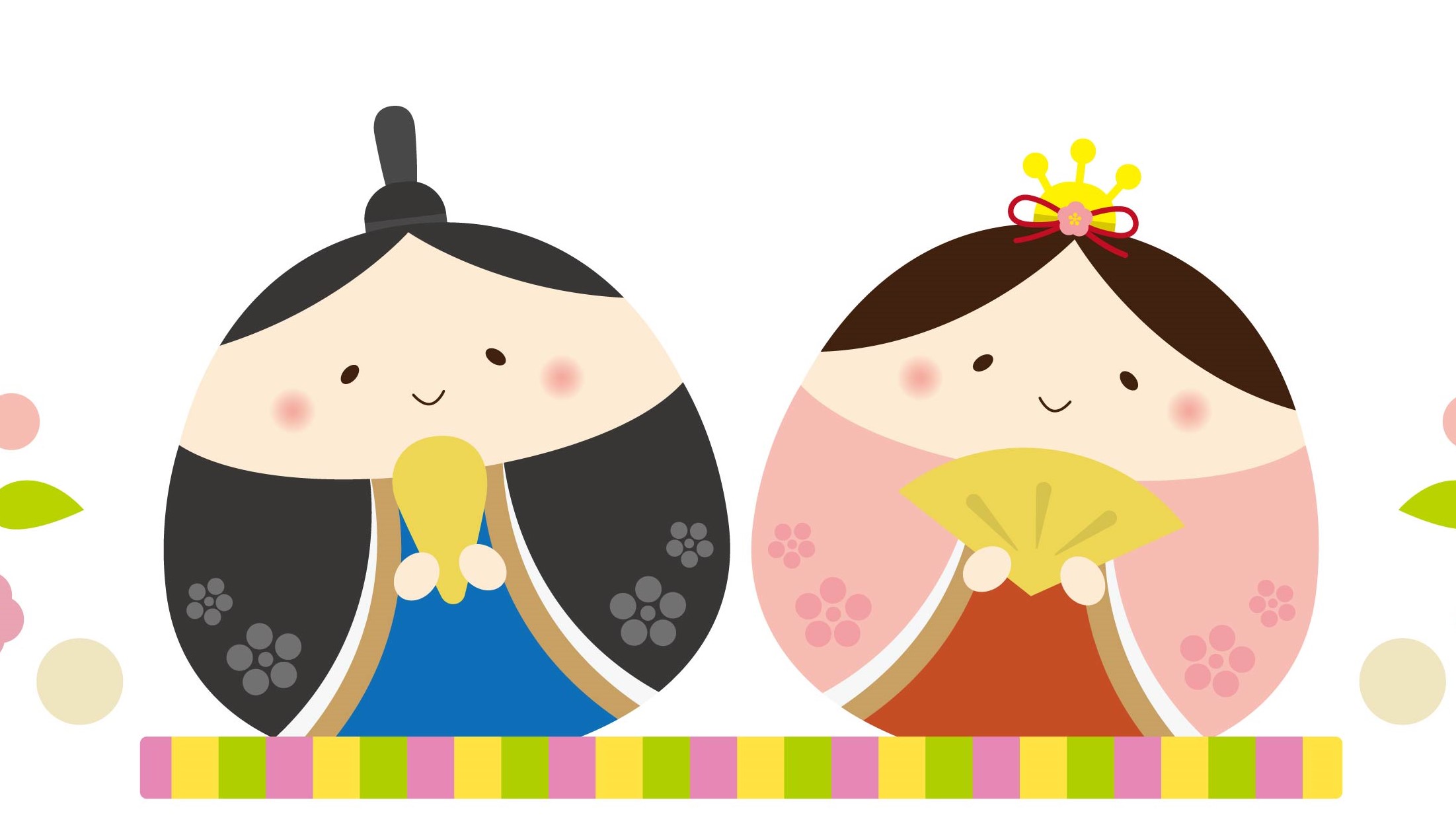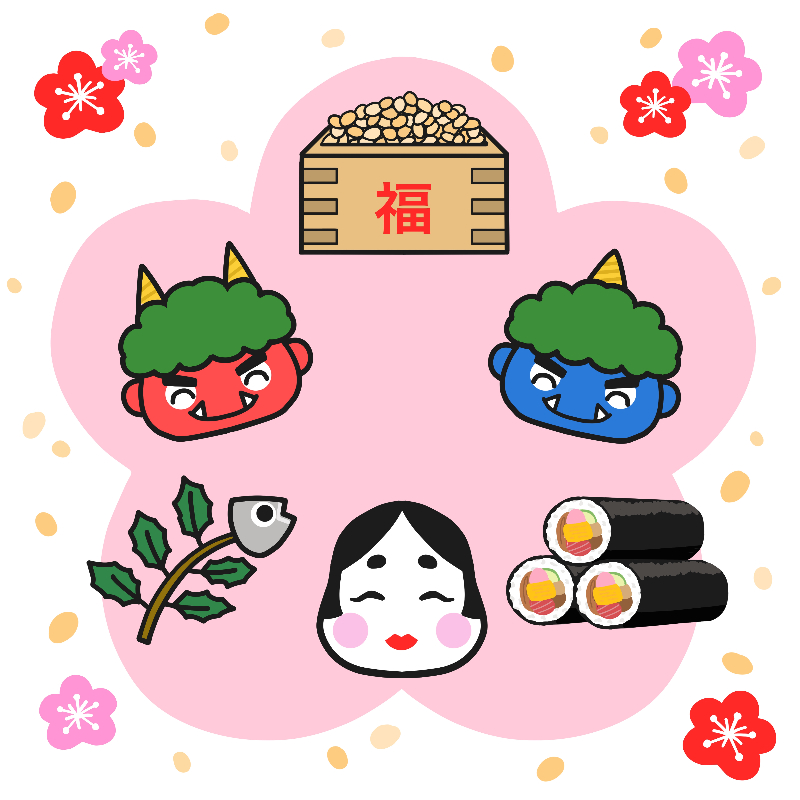
Skit: Tanabata
 Students perform a short skit about the origins of the Tanabata Festival held in July. The skit emphasises the months and how the lovers can only meet once a year.
Students perform a short skit about the origins of the Tanabata Festival held in July. The skit emphasises the months and how the lovers can only meet once a year.
A Word About Skits
Have you used skits in your Japanese class? Skits are an effective teaching tool, as it is not always easy to create a natural setting for students to interact with each other in Japanese. Not only can skits provide an opportunity for students to interact in a variety of situations in Japanese; they can also enable students to meaningfully use the language they have learnt in the classroom. Moreover, through skits, students of various levels can learn cooperatively in an enjoyable, non-threatening environment, and can showcase their learning to a wide audience.
You may decide which type of skit to use depending on your purpose. If your intention is to introduce Japanese culture, you may choose a Japanese story; but if you would like to use a skit as a presentation for a school event, you may choose to use a well-known non-Japanese children’s story which can easily be understood by an audience with or without knowledge of Japanese.
However, only a limited number of stories are available in skit form, and ready-made skits are not all suited to every class situation (numbers of students, language levels, etc). Moreover, some of the skits are too long or involve too much preparation, and you may want something short and simple to fit into a lesson. In those cases, it is better for you to write your own skits to suit your students’ needs. You may think writing skits is time consuming, but in fact it can be done quite quickly and easily. In this issue, I would like to show you a simple way to write your own skits.
Having decided to make your own skit, you will need to ask yourself the following questions. The answers to these questions will be the basis for deciding what story to use, how many characters to create, and what sentence structure and vocabulary to use.
- Is there any story related to the topic/theme you are teaching? eg. たなばた
- How many students are in the class? eg. 20 students
- Which functions, vocabulary and sentence patterns have you taught? eg. greetings, likes/dislikes, weather, months…
Steps 1 & 2
For the first step, I have written the たなばた story in English as shown below. This will become the narrator’s script. There are two reasons for writing the narrator’s script in English: it is easier for the performing students to grasp the whole story in a limited time frame, and it helps an audience with no Japanese knowledge to understand the plot. However, you may choose to have bilingual narration for the presentation. For the second step, I have divided the story into different sections, as marked with //.
This story comes from a Chinese folk legend about two stars, the Weaver Star, Vega, and the Cowherd Star, Altair. Once upon a time, there was a weaver girl, Orihime, whose job it was to weave kimono for the gods. One day, Orihime met the cowherd, Hikoboshi, and they fell in love. Orihime saw Hikoboshi every day. // The gods became angry when they saw that Orihime was not working. They ordered Orihime and Hikoboshi to live separately on opposite sides of the Milky Way, allowing them to meet only once a year on 7th July. // If it rains on 7th July they cannot meet, so Orihime cries, and it rains even harder with Orihime’s tears. // It is said that if the night sky on the 7th July is clear and you can see the Milky Way in the sky, Orihime can meet her beloved Hikoboshi. //
Step 3
From the story, you will decide on the characters (who and how many) and create dialogues in Japanese for each situation. The numbers of characters depend on how many students you have in your class.
In this example, I have 20 students in the class so I have created the following characters:
Narrator (2), Orihime (1), Hikoboshi (1), Gods (2), January ~December (12), Sun (1), Rain (1)
The example dialogue is very basic, but you can create/extend the dialogue to suit your students’ language level. This example can be extended by Hikoboshi and Orihime introducing themselves more fully (age, birthdays, likes/dislikes). However, the dialogue should not be too long or complicated. It is actually better to make it short and simple, so that students can say the lines by heart when acting. It is also a good idea to repeat the same words or patterns if possible.
Narrator: This story comes from a Chinese folk legend about two stars, the Weaver Star, Vega, and the Cowherd Star, Altair. Once upon a time, there was a weaver girl, Orihime, whose job it was to weave kimono for the gods. One day, Orihime met Hikoboshi and they fell in love.
Hikoboshi: こんにちは、ひこぼしです。
Orihime: こんにちは、おりひめです。
Hikoboshi: すきです。
Orihime: すきです。
Step 4
The last step is to write the acting instructions in English. When you are writing the instructions for Japanese skits, it is important to include body language appropriate to Japanese culture. For example, bowing, not hugging, and so on. The acting instructions are highlighted below.
Orihime is weaving
Narrator: This story comes from a Chinese folk legend……………..
…………. saw Hikoboshi everyday.
Hikoboshi meets Orihime.
Hikoboshi: こんにちは、ひこぼしです。Bows
Orihime: こんにちは、おりひめです。Bows
Hikoboshi: すきです。 Holds Orihime’s hands
Orihime: すきです。 Orihime smiles

Tanabata Song
Link: https://youtu.be/KvEdBm8P1cQ (Tanabata-sama: A Japanese Folk Song)

Additional Resources
Related Resource: Tanabata play – longer version with cultural notes
Resource created by Himiko Negishi-Wood (May 2004).




